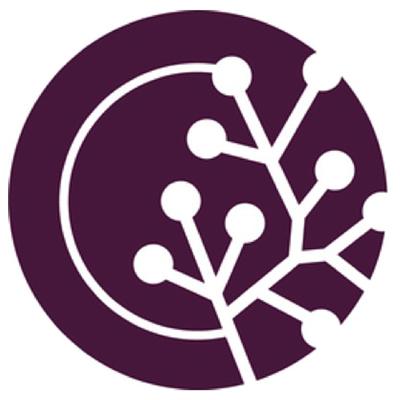Making the FLEdGE Video, “Voices from the Network,” and Discovering the Patterns that Revealed Themselves
by David Szanto
I tend to think that I am pretty good at putting together different pieces of content to make a coherent story. Having edited a lot of books, articles, photo collections, videos, artworks, screenplays, and wardrobes over the years, I am fairly intuitive about the process.
Early in my training as a text-based editor, I was taught that it’s all about “finding patterns” in a piece of writing, and then arranging those motifs of meaning in ways that advance the author’s message. When I started editing other media as well, I followed the same principle. Whatever the format, I want my efforts to optimize the communicative impact, but without changing the storyteller’s intent. And, when I’m done, I generally want to have been as invisible as possible
With nearly 200 members, multiple regional nodes, and dozens of different research projects, FLEdGE was characterized by diversity. So, too, were these voices.
FLEdGE project coordinator Amanda Di Battista and I put together an invitation email, asking participants to record one-to-two-minute clips of themselves, and prompting them with some visual guidelines and a couple of simple questions. Within these chunks of content, I anticipated finding a through line—that “pattern” of the editing process—from which I could build a composite portrait of FLEdGE. What happened, however, was a little less straightforward.
When it came to this video, however, my editing process didn’t unfurl as usual. I had originally proposed putting together a compilation for the FLEdGE wrap-up meeting, which would have taken place in May 2020 had it not been for the pandemic. At the time, I was doing a postdoc with Irena Knezevic at Carleton University, interviewing FLEdGE participants for a study on researcher transformation. The accounts I was hearing were inspiring. It made me think that collecting such stories—in a more informal way—would be a nice way to celebrate the partnership, while also being something I could contribute myself.
As I started to work on the video clips, I searched for a common narrative among them. Each was a wonderful, heartfelt expression of gratitude and satisfaction, each one complete and coherent. Yet they also expressed very varied perspectives and, as such, they were a little hard to edit. No clear patterns seemed to emerge, and I felt at a bit of a loss. With nearly 200 members, multiple regional nodes, and dozens of different research projects, FLEdGE was characterized by diversity. So, too, were these voices.
FLEdGE reinforces how important people and personal connections are, and that we are always visible within our scholarship and practice.
Oh, and my other ‘editorial rule’? The one about staying as invisible as possible? That also came into question. In trimming and juxtaposing these voices of FLEdGE, my appreciation for the partnership necessarily grew. I myself am now transformed. I therefore can’t help but be present within the video, because FLEdGE is also present within me. Through the recursive exchanges that have taken place over the last years (and through those that are still to come), FLEdGE reinforces how important people and personal connections are, and that we are always visible within our scholarship and practice. While that may seem obvious to many (whether working in food or elsewhere), it’s an important message to share and share again. We need to keep foregrounding humanness in academia and collective action, and FLEdGE, among its many other outcomes, seems to have done just that.









